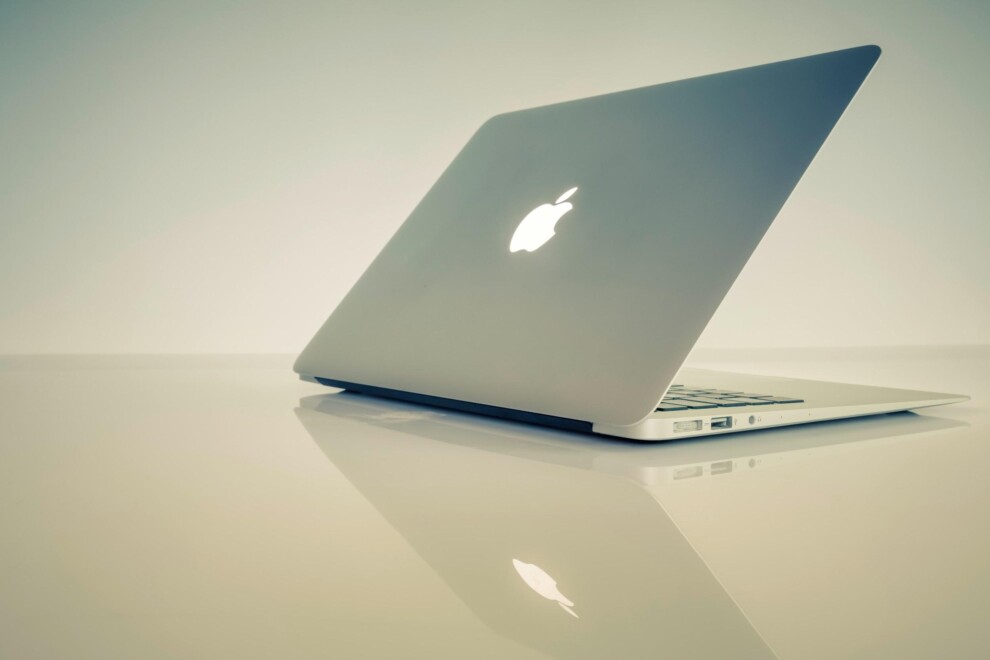There comes a time when Macbook owners are not happy with how their computer is performing. It happens for a number of reasons, and some people begin to question whether the best solution would be to purchase a new Macbook.
Spending money on another computer is always an option, but not everyone can afford that. Nevertheless, there are still a lot of things you can do to improve the performance of your Mac.

Tip #1 – Create More Free Disk Space
Lack of disk space often leads to various issues, and underperforming computers is one of them. Those who switch from PC to Mac will find that the latter does not have hard drives as spacious as personal computers. So trying to fit every file causes a headache. You can free up disk space by:
- Deleting old applications that can always be downloaded again.
- Removing useless email attachments and downloads.
- Running a cleanup utility software to remove junk files like caches, app extensions, or backups.
- Transferring files to cloud-based services.
- Subscribing to streaming platforms as it will eliminate the need to keep large media files on the computer.
Tip #2 – Free up RAM
Another method to boost the speed of the laptop is to free up RAM on Mac. Memory usage can get out of hand if you are not careful with the applications.
Activity Monitor allows you to sort processes by CPU and memory usage. Sort the list and check which of the apps are at the top and consume the most resources.
You will find that some applications cannot be removed because they are integrated into the computer. But you should still be able to find some that can be deleted or replaced with alternatives that are not so resource-hungry. You will also prolong battery life by trimming the list of active applications.
Restarting the Mac regularly will also prevent memory leaks that occur after a program has been running non-stop for a long time.
If you have a cluttered desktop with almost no space left due to all the icons, transfer them to another location. Ideally, a desktop should not have any icons at all.
Finally, internet browsers tend to require a lot of memory, especially if you have installed multiple extensions and add-ons. Optimize the browser by removing unnecessary extensions. Moreover, keep the number of open tabs to a minimum. Even when idle, every tab consumes an extra bit of memory.
Tip #3 – Clean Dust and Dirt
In some instances, the problem lies not in the system itself. A number of people tend to neglect cleaning up dust and dirt that accumulates over time. And the filth inside will lead to internal hardware damages.
If you are afraid of opening the computer and thoroughly cleaning the insides, take it to someone who is a professional Mac repair specialist and has done this kind of work many times. It will cost some money, but at least you will have peace of mind knowing that the Mac is in good hands.
Tip #4 – Scan for Malware and Viruses
Even a small virus or malware can cause a lot of problems down the line, and the situation can become even worse if you fall victim to worse cybersecurity threats, like ransomware.
You can find a lot of fake articles online about how macOS does not need an anti-malware tool. Such spreading of fake information causes a lot of issues as plenty of people are gullible enough to believe it.
There is plenty of excellent anti-virus software available for free, so having one on any computer should never be a problem. Regularly scan for any potential viruses or malware. And if the anti-virus tool finds anything, remove it immediately. Also, remember that the longer a virus is on the computer, the more damage it will cause.
Tip #5 – Purchase a Cooling Pad
Using a Macbook when the temperature is high in the room can become a bother. When you hear a loud noise coming from internal fans, you should not leave for things to work themselves out.
Overheating is not something you can overcome easily. Even after cleaning all the dust and dirt, you will still encounter instances when the temperature suddenly rises. Purchase a cooling pad to minimize the potential damage.
Tip #6 – Update the System
Even a small update can make a noticeable difference in improving the overall performance of the Macbook. On top of stability and performance upgrades, you get patches that take care of potential cybersecurity threats.
Tip #7 – Reinstall the OS

When you still encounter various problems with the performance and nothing seems to work, reinstalling the OS is still on the table. The process may be a bit long and difficult for first-timers, but giving the Mac a fresh start will boost the performance.








